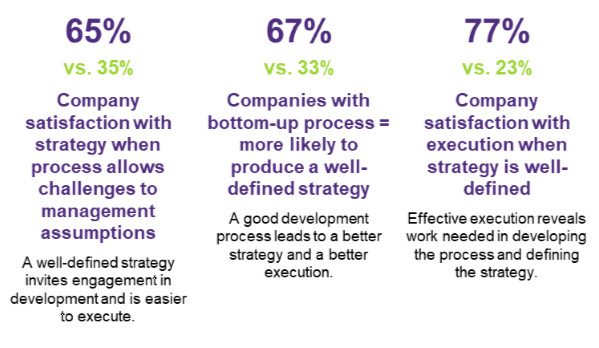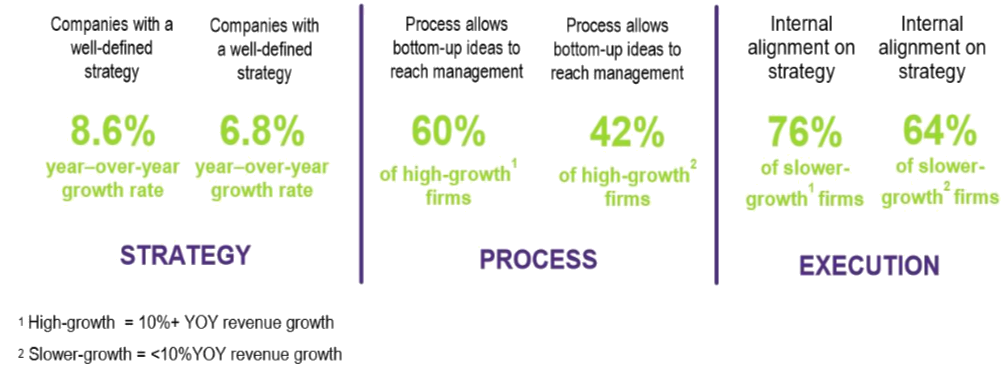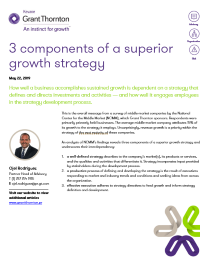-
Financial statements audits
Financial statement audits
-
Compliance audits
Compliance audits
-
Compilations and reviews
Compilations and audit
-
Agreed-upon procedures
Agreed-upon procedures
-
Corporate and business tax
Our trusted teams can prepare corporate tax files and ruling requests, support you with deferrals, accounting procedures and legitimate tax benefits.
-
International tax
Our teams have in-depth knowledge of the relationship between domestic and international tax laws.
-
Tax compliance
Business Tax
-
Individual taxes
Individual taxes
-
Estate and succession planning
Estate and succession planning
-
Global mobility services
Through our global organisation of member firms, we support both companies and individuals, providing insightful solutions to minimise the tax burden for both parties.
-
Sales and use tax and indirect taxes
SUT/ VAT & indirect taxes
-
Tax incentives program
Tax incentives program
-
Transfer Pricing Study
The laws surrounding transfer pricing are becoming ever more complex, as tax affairs of multinational companies are facing scrutiny from media, regulators and the public
-
Business consulting
Our business consulting services can help you improve your operational performance and productivity, adding value throughout your growth life cycle.
-
Forensic and investigative services
At Grant Thornton, we have a wealth of knowledge in forensic services and can support you with issues such as dispute resolution, fraud and insurance claims.
-
Fraud and investigations
The commercial landscape is changing fast. An ever more regulated environment means organizations today must adopt stringent governance and compliance processes. As business has become global, organizations need to adapt to deal with multi-jurisdictional investigations, litigation, and dispute resolution, address the threat of cyber-attack and at the same time protect the organization’s value.
-
Dispute resolutions
Our independent experts are experienced in advising on civil and criminal matters involving contract breaches, partnership disputes, auditor negligence, shareholder disputes and company valuations, disputes for corporates, the public sector and individuals. We act in all forms of dispute resolution, including litigation, arbitration, and mediation.
-
Business risk services
We can help you identify, understand and manage potential risks to safeguard your business and comply with regulatory requirements.
-
Internal audit
We work with our clients to assess their corporate level risk, identify areas of greatest risk and develop appropriate work plans and audit programs to mitigate these risks.
-
Service organization reports
As a service organization, you know how important it is to produce a report for your customers and their auditors that instills confidence and enhances their trust in your services. Grant Thornton Advisory professionals can help you determine which report(s) will satisfy your customers’ needs and provide relevant information to your customers and customers’ auditors that will be a business benefit to you.
-
Transaction advisory services
Transactions are significant events in the life of a business – a successful deal that can have a lasting impact on the future shape of the organizations involved. Because the stakes are high for both buyers and sellers, experience, determination and pragmatism are required to bring deals safely through to conclusion.
-
Mergers and acquisitions
Globalization and company growth ambitions are driving an increase in M&A activity worldwide as businesses look to establish a footprint in countries beyond their own. Even within their own regions, many businesses feel the pressure to acquire in order to establish a strategic presence in new markets, such as those being created by rapid technological innovation.
-
Valuations
We can support you throughout the transaction process – helping achieve the best possible outcome at the point of the transaction and in the longer term.
-
Recovery and reorganization
We provide a wide range of services to recovery and reorganisation professionals, companies and their stakeholders.
How well a business accomplishes sustained growth is dependent on a strategy that defines and directs investments and activities — and how well it engages employees in the strategy development process.
This is the overall message from a survey of middle-market companies by the National Center for the Middle Market (NCMM), which Grant Thornton sponsors. Respondents were primarily privately held businesses. The average middle-market company attributes 15% of its growth to the strategy it employs. Unsurprisingly, revenue growth is a priority within the strategy of the vast majority of these companies.
An analysis of NCMM’s findings reveals three components of a superior growth strategy and underscores their interdependency:
- a well-defined strategydescribes to the company’s market(s), its products or services, and the qualities and activities that differentiate it. Strategy incorporates input provided by stakeholders during the development process.
- a productive processof defining and developing the strategy is the result of executives responding to market and industry trends and conditions and seeking ideas from across the organization.
- effective execution adheres to strategy directives to feed growth and inform strategy definition and development.

A well-defined strategy leads to faster growth
Companies with well-defined strategies report year-over-year revenue growth 26% higher than that of companies with less-defined strategies. When these companies can articulate the value they offer, they grow even faster — twice as fast as companies that can’t clearly speak to their value proposition. High-growth companies make use of a strategy development team. They invite input from outside sources and employees at all levels, ensuring an opportunity to question management’s assumptions and plans, and staying informed on current industry trends and best practices.
Execution relies on an engaging development process that clearly defines the strategy
Companies invested in a clearly defined strategy with an inclusive strategy development process are much more successful at delivering on the strategies they develop. Those that are most satisfied with execution keep employees connected with the plan and align goals, key performance indicators and incentives with strategy. They understand that strategy is not one-and-done; it’s part of daily work.
Year over year growth rates and stats for high growth vs. slower growth firms

As you assess your strategy, process and execution for improvement, consider the following essential points.
8 questions about strategy
- can we clearly and concisely state what our strategy is?
- foes our strategy leverage the same set of capabilities across all lines of business?
- have we staked out a unique value proposition and identified the customers for which it is highly relevant?
- is our strategy ambitious, or does it allow us to coast?
- have we developed a tailored value chain?
- does our strategy express a clear understanding of the resource (capital, intellectual capital and other) that we possess and need, and set priorities for investment, resource allocation and hiring?
- does our strategy take into account competitor action and reaction?
- does our strategy help us say no?
7 questions about process
- do we have a well-defined strategic planning process?
- are people specifically assigned to a team with strategic responsibility?
- does our strategy take into account economic, industry and other trends?
- does our process seek bottom-up input?
- does our process include specific ways to challenge management’s ideas and assumptions?
- do we review our strategy regularly?
- are we keeping up with the best ideas about strategy and management?
6 questions about execution
- do we communicate our strategy fully and frequently with employees?
- is our budget process aligned with strategy?
- have we translated strategy into action plans for each line of business and function?
- do we create key performance indicators to track progress toward goals?
- can every employee say how he or she contributes to the company’s strategic plan?
- do incentives and bonuses support strategic goals?
Information is gleaned from the NCMM’s Strategic Planning for Growth; How Middle Market Companies Map Their Futures report, an analysis of a 2018 survey of financial decision-makers from middle-market businesses across a range of industries and geographies. Grant Thornton is a sponsor of NCMM.


